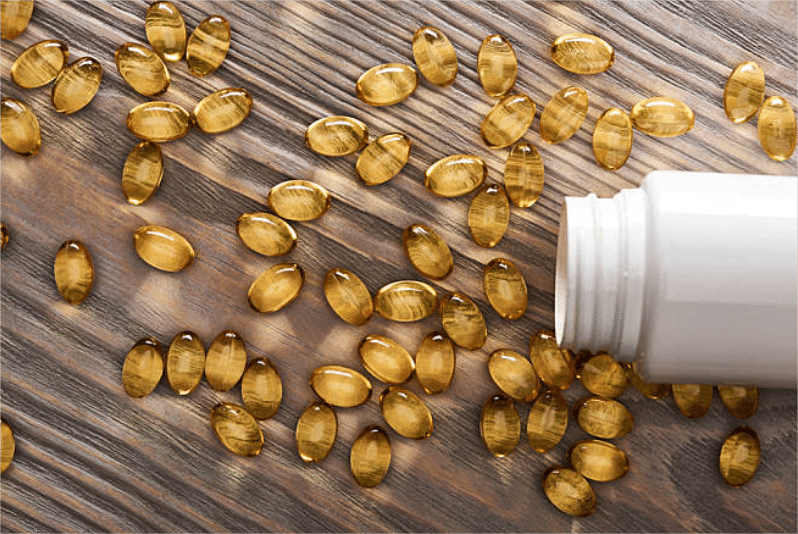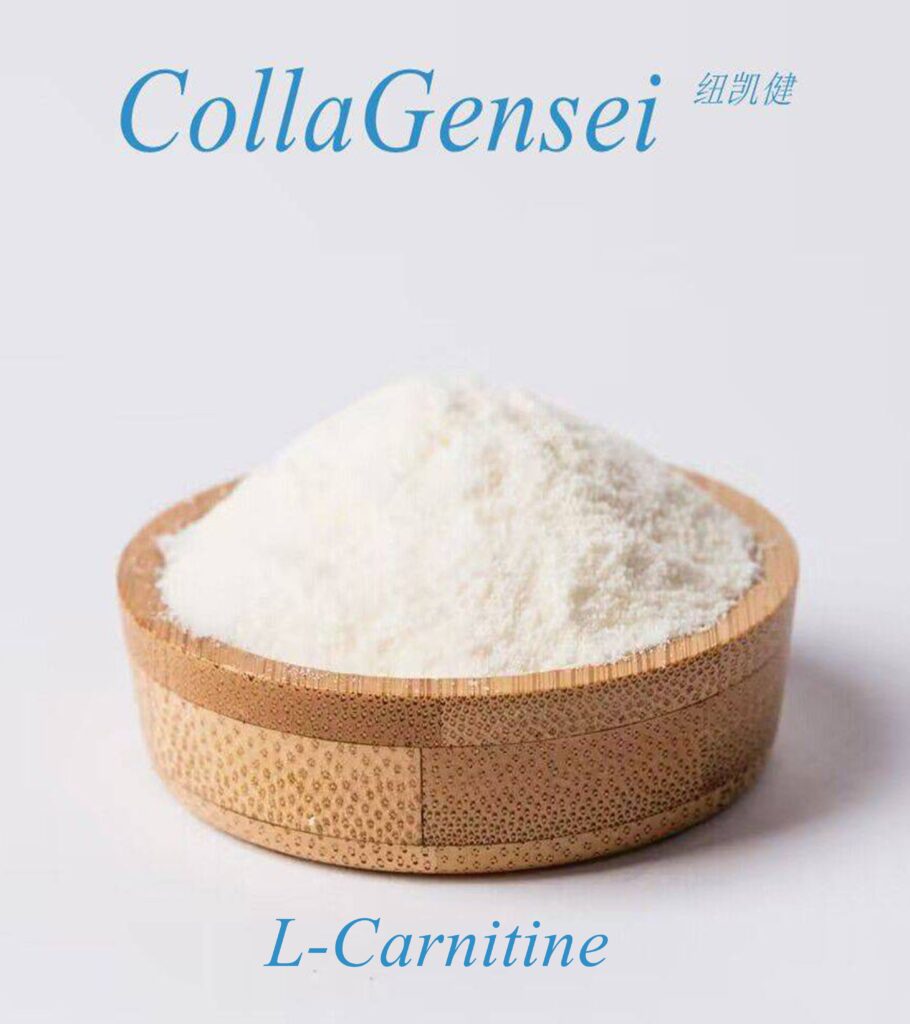In dietary supplements, glucosamine and chitosan have gained significant attention for their potential health benefits. Glucosamine is primarily recognized for its role in joint health, while chitosan is often touted for its weight management properties. Despite their different applications, both supplements are derived from natural sources and are used to support overall wellness. This article explores the similarities and differences between glucosamine and chitosan, focusing on their mechanisms of action, benefits, potential side effects, and recommended usage.
Understanding Glucosamine
What is Glucosamine?
Glucosamine is a naturally occurring compound in the body, particularly in cartilage and cushion joints. It is often extracted from shellfish or produced synthetically for supplementation. There are several forms of glucosamine available, including:
- Glucosamine Sulfate: The most common form used in studies, often believed to have anti-inflammatory properties.
- Glucosamine Hydrochloride: A stable form that does not contain sulfate.
- N-acetyl Glucosamine: A derivative that may provide additional benefits for joint and skin health.
How Does Glucosamine Work?
Glucosamine plays a crucial role in the formation and repair of cartilage. It stimulates the production of glycosaminoglycans (GAGs) and proteoglycans, essential components of cartilage that help maintain its structure and integrity. By promoting cartilage health, glucosamine may help reduce the pain and inflammation associated with conditions like osteoarthritis.
Exploring Chitosan
What is Chitosan?
Chitosan is a biopolymer derived from chitin, found in the shells of crustaceans such as shrimp and crabs. It is often used as a dietary supplement for its potential weight management and cholesterol-lowering properties. Chitosan is available in various forms, including capsules, powders, and even as an ingredient in functional foods.
How Does Chitosan Work?
Chitosan is known for its ability to bind fats and cholesterol in the digestive tract, preventing their absorption into the body. This property makes it popular for weight loss and cholesterol management. Additionally, chitosan may support gut health by promoting the growth of beneficial bacteria.
Critical Differences Between Glucosamine and Chitosan
- Source and Composition:
– Glucosamine: Typically derived from shellfish or synthesized. It is a building block of cartilage.
– Chitosan: Derived from the shells of crustaceans, it is a fiber-like substance that acts as a fat binder.
- Mechanism of Action:
– Glucosamine: Supports cartilage health by promoting the synthesis of GAGs and proteoglycans, aiding in joint repair.
– Chitosan: Binds to dietary fats and cholesterol in the intestines, reducing their absorption and contributing to weight management.
- Administration:
– Glucosamine is commonly taken orally (capsules, tablets, or powders) for joint health.
– Chitosan: Available in capsules and powders, often used before meals to manage weight.
- Uses:
– Glucosamine: Primarily used for joint health, pain relief, and supporting cartilage repair.
– Chitosan: Used for weight management, cholesterol reduction, and gut health support.
- Efficacy:
– Glucosamine: Research shows mixed results; some studies indicate it may help reduce pain and improve joint function, while others suggest limited effectiveness.
– Chitosan: Studies indicate potential benefits in weight loss and cholesterol reduction, but results can vary based on individual metabolism and diet.
Benefits of Glucosamine
– Cartilage Support: Glucosamine may help slow cartilage degeneration, making it beneficial for osteoarthritis patients.
– Pain Relief: Some studies suggest that glucosamine can reduce joint pain, particularly in the knees.
– Anti-inflammatory Effects: It may help decrease inflammation associated with joint degeneration.
Benefits of Chitosan
– Weight Management: Chitosan may help reduce body weight by binding to dietary fats and preventing their absorption.
– Cholesterol Reduction: Some studies indicate that chitosan can lower cholesterol levels, contributing to heart health.
– Gut Health: Chitosan may promote the growth of beneficial gut bacteria, supporting overall digestive health.
Potential Side Effects
Glucosamine and chitosan are generally considered safe but can have side effects.
– Glucosamine: Possible side effects include gastrointestinal issues like nausea, diarrhea, and constipation. Allergic reactions can occur, especially in individuals allergic to shellfish.
– Chitosan: Side effects are rare, including mild digestive issues, constipation, and potential allergic reactions. Individuals with shellfish allergies should exercise caution.
Choosing Between Glucosamine and Chitosan
When deciding between glucosamine and chitosan, consider the following factors:
- Health Goals: Glucosamine may be more appropriate if you are primarily focused on joint health and reducing pain. If your goal is weight management or cholesterol reduction, chitosan could be more effective.
- Administration Preference: Both supplements are available in oral forms, but their purposes differ. Choose based on your specific health goals.
- Consultation with a Healthcare Provider: Always consult with a healthcare professional before starting any new supplement, especially if you have existing health conditions or are taking other medications.
The Role of Lifestyle in Health
While glucosamine and chitosan can contribute to specific health benefits, maintaining a healthy lifestyle is crucial. Regular exercise, a balanced diet, and hydration can significantly impact joint health and weight management. Combining supplements with a healthy lifestyle may yield better results in achieving your health goals.
Combining Glucosamine and Chitosan
Combining glucosamine and chitosan might be beneficial for individuals looking to address joint health and weight management. While they serve different purposes, using them together may support overall wellness. However, monitoring your body’s response and consulting a healthcare provider before starting a combined regimen is essential.
Conclusion
In summary, glucosamine and chitosan are two popular supplements that offer distinct health benefits. Glucosamine is primarily used for joint health and pain relief, supporting cartilage repair and reducing inflammation. On the other hand, chitosan is mainly utilized for weight management and cholesterol reduction by binding to dietary fats. Understanding these differences can help you make informed choices about your health and wellness.
Whether you choose glucosamine, chitosan, or both, it’s vital to maintain a comprehensive approach to health that includes proper nutrition, regular exercise, and consultation with healthcare professionals. By doing so, you can maximize the benefits of these supplements and support your overall well-being.



